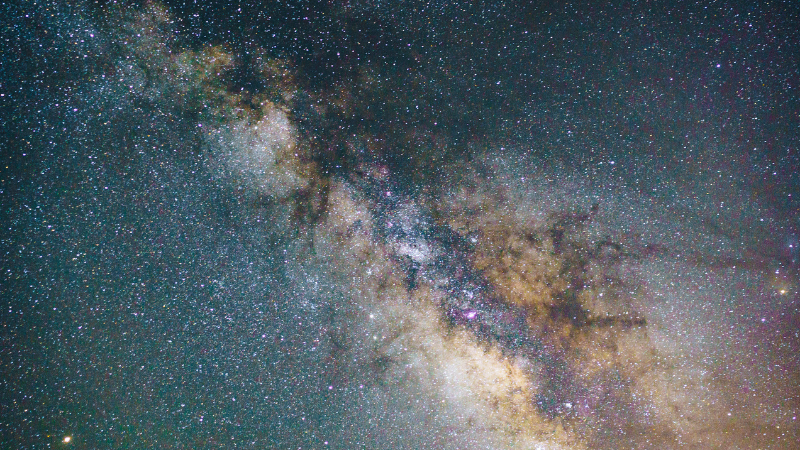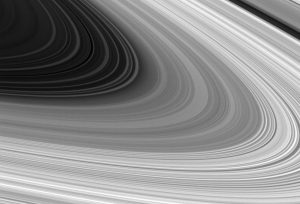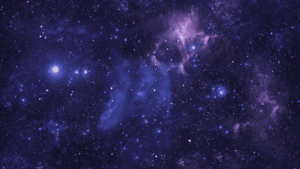It’s time again for a photographic walk through the Solar System and view God’s heavens on display! Remember, God is a God of beauty, and through our advanced technology we’re able to see what His creation is like in other parts of the Solar System.
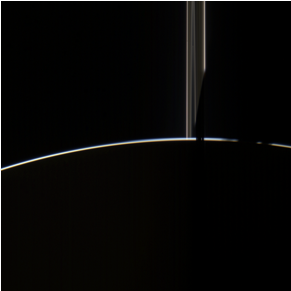
Where in the Solar System is this? While astronauts are treated to magnificent sunrises and sunsets around Earth from orbit, this isn’t Earth. The robotic spacecraft Cassini orbiting Saturn caught this glimpse of sunlight scattering through Saturn’s atmosphere while the planet’s famous rings were lit up from behind. The dark shadow play on the rings is the shadow of Saturn. Image credit: NASA/JPL/Gordon Ukarkovic.

Sky observers ranging from amateur backyard enthusiasts to the Cassini spacecraft caught the development of a new storm in Saturn’s northern hemisphere. Usually, Saturn is fairly bland, and the churning, bluish clouds have given space enthusiasts something new to “ooh” and “ahh” over. Image credit: NASA/JPL/SSI/Ian Regan.

Santa Maria is the name of this crater on Mars. NASA’s robotic rover named Opportunity recently finished its investigation of this hole-in-the-ground and is driving off to a much larger crater to the east. Not only does this view hint at what we would see on the surface of Mars, it also reveals sedimentary structures in the rocks that planetary scientists like me can use to study the roll of water in shaping this Martian environment. Image credit: NASA/JPL/Cornell University.
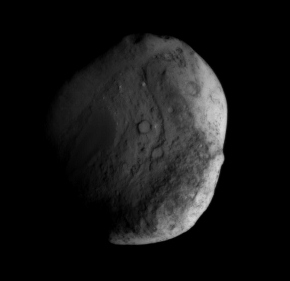
What do comets look like up close? When we occasionally see comets in our night sky they look like big, fuzzy white blotches. Actually, they’re icy and rocky bodies a lot like asteroids. Here, NASAs Stardust spacecraft imaged the nucleus of comet Tempel 1. In 2005, another NASA spacecraft named Deep Impact shot it with a copper cannon ball to dig into the surface and see what comet innards are like. Image credit: NASA/JPL.
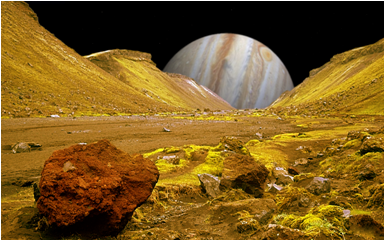
Where is this place? Well, the ground is actually Earth, but it’s made up to look like Jupiter’s sulfur-spewing moon Io which really is this yellow. The sky’s been edited to look black with a view of the giant planet Jupiter. Io is yellow from sulfur deposits, but if you look closely it’s actually grass! Image credit: Jason Perry and Andreas Tille.
